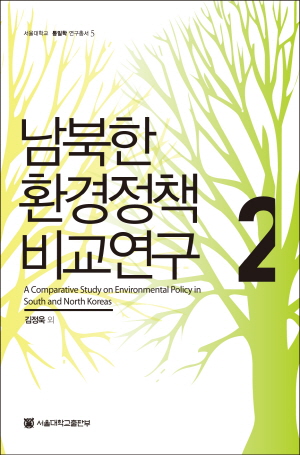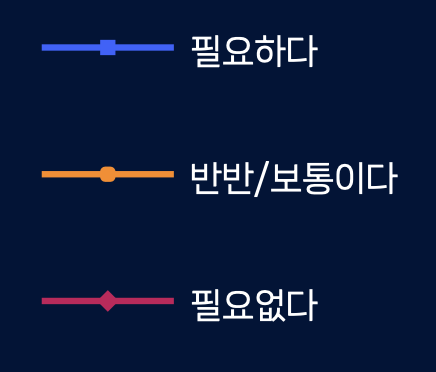A Comparative Study on Environmental Policy in South and North Koreas, Volume 2

Seoul National University Unification Studies Research Series – 6
Authors: Kim Jung-Wook, Park Dong-Gyun, Park Jong-hwa, Yoon Soon-jin, Yoon Yeo-Chang, Chun Hyo-taek, Choi Jong Gun, Heo Eun Nyeong
Book Introduction
After the second inter-Korean summit held on October 2, 2007, inter-Korean relations are turning a mood of reconciliation. Proposals to replace the Korean War armistice agreement with an official declaration to the end of the war have also been discussed in the international community surrounding the Korean Peninsula. This mood of reconciliation between the two Koreas has led to substantial cooperation and exchanges. This current period of relatively friendly inter-Korean relations is very much unlike when the July 4 South-North Joint Statement was issued in 1972, which only achieved tangible results in name..
In particular, the establishment and operation of the Kaesong Industrial Complex may be meaningful in many ways. As such, the two Koreas are enjoying their most friendly and cooperative relationship since liberation. Of course, inter-Korean exchanges and cooperation, including economic cooperation, are expected to continue to expand steadily in the future, given the situation at home and abroad, although there remains a risk that the situation could change rapidly depending on various political factors such as the nuclear issue and U.S.-North Korea relations.
This book analyzes various aspects of institutional and situational differences in the overall environmental policies of South North Korea, such as water resources/water quality, atmosphere, energy, resources, waste, agriculture, natural ecology, national territory planning and cultural heritage.
Volume I deals with forest, land use, mineral resources and energy policies. Volume II deals with policies on water resources, water quality, air, waste and urban planning.
Publication Date: December 30, 2008
Files


















